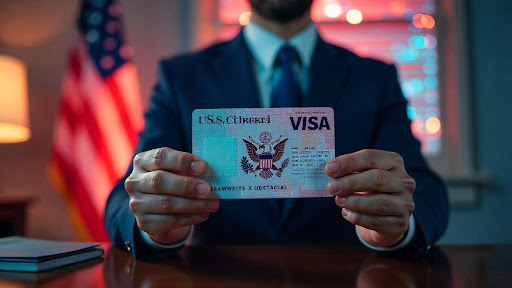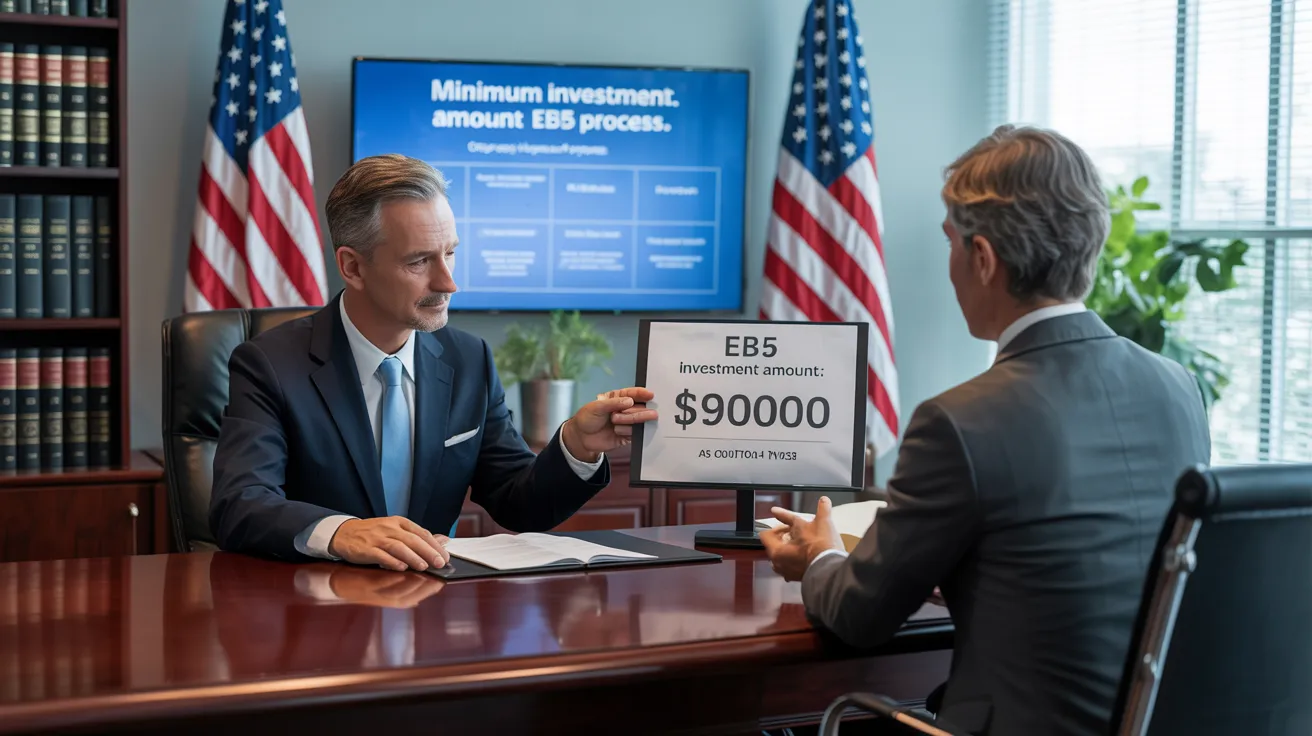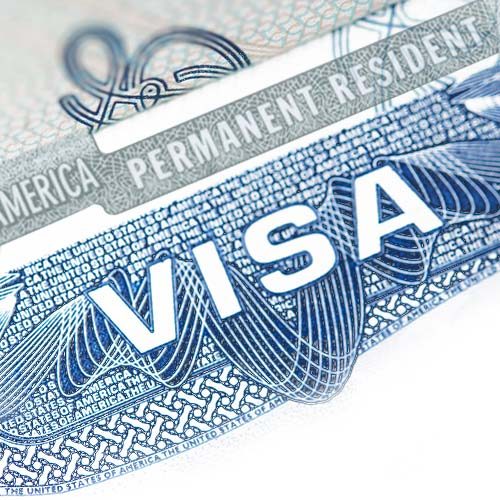L1 Visa Timeline
Wiki Article
Rumored Buzz on L1 Visa
Table of ContentsHow L1 Visa can Save You Time, Stress, and Money.9 Simple Techniques For L1 VisaThe smart Trick of L1 Visa That Nobody is Talking About8 Easy Facts About L1 Visa Explained3 Simple Techniques For L1 VisaL1 Visa for Dummies
Offered from ProQuest Dissertations & Theses Worldwide; Social Scientific Research Costs Collection. DHS Workplace of the Inspector General. Gotten 2023-03-26.
U.S. Division of State. Retrieved 2023-02-08. Tamen, Joan Fleischer (August 10, 2013).
L1 Visa Things To Know Before You Buy
In order to be eligible for the L-1 visa, the international business abroad where the Recipient was used and the United state firm need to have a certifying relationship at the time of the transfer. The various kinds of certifying connections are: 1.
Instance 1: Company A is incorporated in France and uses the Recipient. Firm B is included in the U.S. and wishes to petition the Recipient. Firm An owns 100% of the shares of Business B.Company A is the Parent and Company B is a subsidiary. There is a qualifying connection in between the two business and Firm B need to be able to sponsor the Recipient.
Example 2: Company A is integrated in the united state and wishes to request the Recipient. Business B is integrated in Indonesia and utilizes the Recipient. Firm A possesses 40% of Business B. The remaining 60% is had and regulated by Firm C, which has no connection to Company A.Since Business A and B do not have a parent-subsidiary connection, Company A can not sponsor the Beneficiary for L-1.
Company An owns 40% of Company B. The remaining 60% is had by Business C, which has no connection to Company A. Nonetheless, Company A, by official arrangement, controls and complete manages Business B.Since Firm A possesses much less than 50% of Firm B yet handles and regulates the firm, there is a qualifying parent-subsidiary relationship and Firm A can fund the Beneficiary for L-1.
Things about L1 Visa
Business B is included in the U.S.The Only Guide to L1 Visa

The L-1 visa is an employment-based visa group developed by Congress in 1970, enabling international companies to move their supervisors, executives, or key personnel to their United state procedures. It is generally referred to as the intracompany transferee L1 Visa requirements visa.

Additionally, the recipient needs to have functioned in a supervisory, executive, or specialized employee position for one year within the 3 years preceding the L-1A application in the international company. For new office applications, international work has to have been in a supervisory or executive ability if the beneficiary is coming to the USA to work as a supervisor or exec.
What Does L1 Visa Mean?

If given for an U.S. company functional for greater than one year, the initial L-1B visa is for up to 3 years and can be prolonged for an extra two years (L1 Visa). On the other hand, if the U.S. firm is recently established or has actually been functional for less than one year, the first L-1B visa is provided for one year, with extensions offered in two-year increments
The L-1 visa is an employment-based visa classification established by Congress in 1970, permitting multinational companies to move their managers, execs, or vital workers to their U.S. procedures. It is frequently referred to as the intracompany transferee visa.
Getting The L1 copyright Work
Additionally, the L1 Visa requirements recipient needs to have functioned in a managerial, exec, or specialized employee setting for one year within the three years coming before the L-1A application in the foreign business. For new workplace applications, international employment must have been in a managerial or executive capacity if the beneficiary is pertaining to the United States to function as a supervisor or executive.for approximately seven years to supervise the operations of the united state affiliate as an exec or manager. If provided for an U.S. business that has actually been functional for greater than one year, the L-1A visa is initially approved for as much as 3 years and can be extended in two-year increments.
If granted for an U.S. firm operational for more than one year, the preliminary L-1B visa is for up to 3 years and can be prolonged for an added two years. On the other hand, if the united state business is newly established or has been operational for much less than one year, the initial L-1B visa is issued for one year, with extensions offered in two-year increments.
Report this wiki page